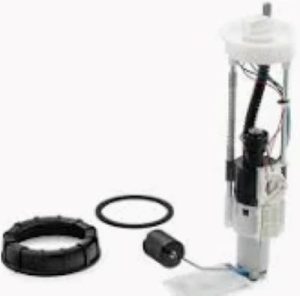Fuel pump relays are replaced when they no longer reliably provide the constant power supply to the fuel pumps for the smooth functioning of an engine. That acts as a switch to regulate the 12-volt current that needs firing up in order for the fuel pump to work. If the relay were to fail, it would disrupt the flow of this power, hence causing fuel delivery issues that can cause the engine to stall or hesitate, or perhaps not start at all. A malfunctioning relay cannot support the fuel pump to maintain its normal fuel pressure of 30 to 80 PSI. Combustion quality and engine power are therefore affected. A good-quality replacement of a failing relay can further ensure constant voltage to the fuel pump, allowing it to generate consistent pressure and a reliable flow of fuel.
The relays go worn down with time and can deteriorate by overheating due to heat in some and electrical resistance that may lead to a failure. Typically, a fuel pump relay lasts between 5 to 10 years depending on the driving conditions. Over time, internal components deteriorate, which results in a reduction in the relay's efficiency and further to voltage drops. A weak relay usually supplies less than the usual 12 volts besides making the fuel pump work harder and decreases fuel delivery efficiency. This also keeps such problems at bay and helps take some stress off the fuel pump, thus avoiding wear and tear on it and very expensive repairs-all for $20 or $50 spent for the general replacement of the relays.

Common symptoms of a failing relay include stalling, rough idling, and hard start-up. In case the aforementioned symptoms develop, it is common for technicians to test the voltage output of the relay using a multimeter. Generally, replacement is usually recommended when the output is less than 12 volts or when the proper actuation of the relay does not occur. Actually, steady fuel supply depends on reliable function of relays; indeed, the Fuel Pump must be protected against misfiring into irregular operation that threatens smooth running of the engine and optimum fuel economy.
Replacing a dying relay serves the health not only of the fuel pump but also of better fuel economy, higher engine reliability, and overall vehicle performance. The peace of mind and quality of driving for a long period will be achieved by regular inspections and replacement of worn relays.